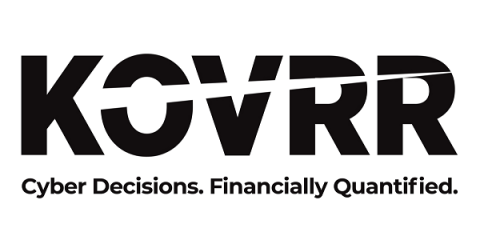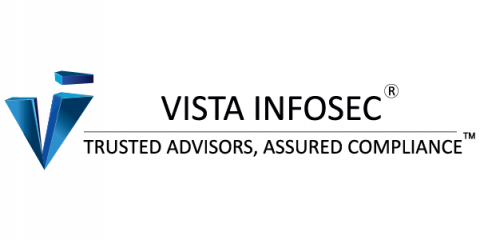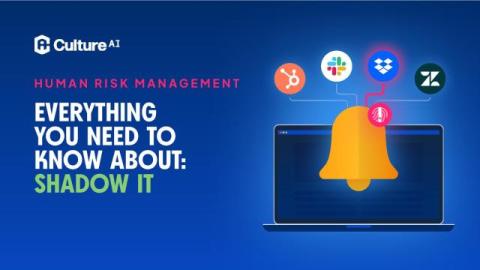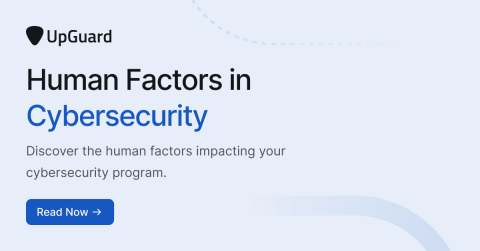Barak Engel Lightning Interview
Welcome to the third installment of Riscosity’s Lightning Interview Series In this episode, we sit down with Barak Engel, founder and CEO at EAmmune, and CISO at MuleSoft, Amplitude, StubHub, BetterUp, and Faire among others. Barak is also the author of Why CISOs Fail, The Security Hippie, and The Crack in the Crystal. Ever wonder how you pentest a novel? Tune in to find out.











